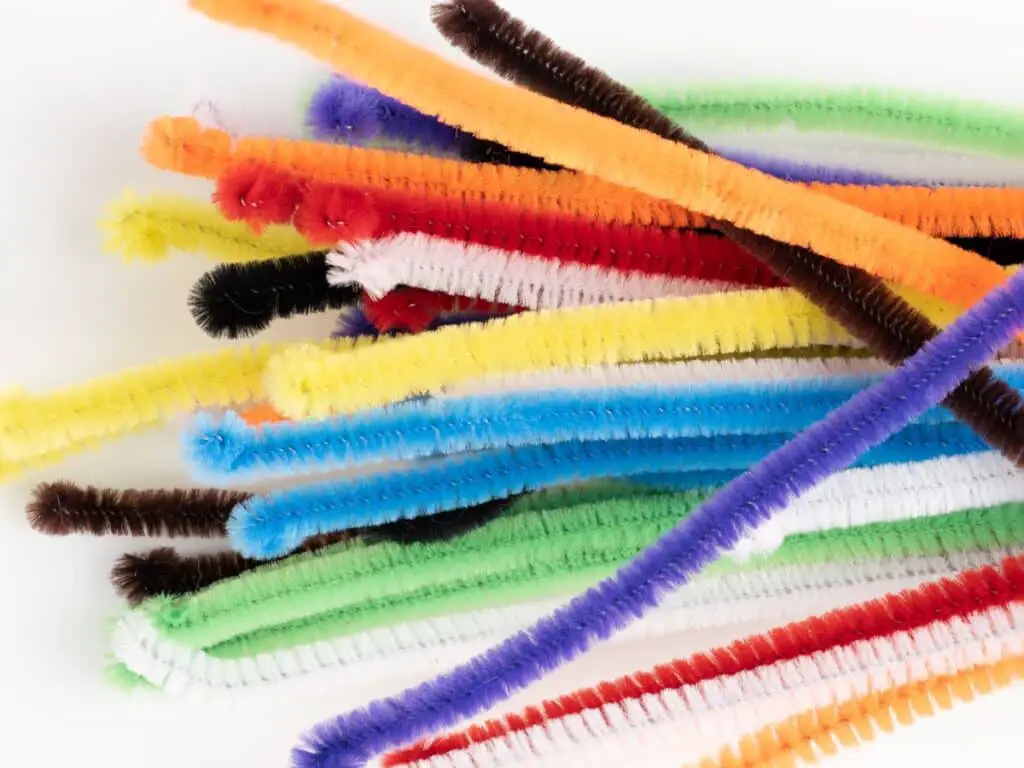As a parent, caregiver, or crafter, it’s natural to worry about the potential risks associated with using pipe cleaners in various projects. While these versatile and colorful tools are a staple in many households and classrooms, it’s important to understand the potential hazards they may pose. Are pipe cleaners safe for kids and even your pets?
Pipe cleaners are generally safe when used as intended, which is for arts and crafts projects. However, they should not be ingested or used as a substitute for medical-grade cleaning tools.
Continue reading to know the possible risks of using pipe cleaners and learn some valuable tips that are safe and efficient.
Quick Navigation
- What Are Pipe Cleaners Made of?
- How About Drain Pipe Cleaners?
- Safety Issues Associated with Pipe Cleaners
- Are Pipe Cleaners Safe for Pipes?
- Tips For Using Pipe Cleaners Safely
- What is the Safest Way to Clean a Pipe?
- Conclusion
What Are Pipe Cleaners Made of?
A pipe cleaner’s fundamental structure consists of several metal strands wound around threads of an absorbent substance.

Because the twisted strands are flexible and may be bent and wriggled without breaking, the absorbent material can cleanse the item into which you put them.
Pipe cleaners come in various widths to handle varying sizes and can reach holes where fingers and other cleaning equipment cannot.
They were initially famous for clearing moisture and debris from smoking pipes, and were also valuable for any task requiring cleaning small bores or confined spaces.
It is crucial to differentiate between the different types of pipe cleaners.
Traditional wire pipe cleaner: Made of durable materials, highly abrasive metal wire, this pipe cleaner helps clean difficult debris.
Chenille stems: A wire is wrapped in delicate yarn to create this pipe cleaner style. You can use it on most surfaces since it is flexible, minimally abrasive, and typically harmless.
Microfiber pipe cleaner: This cleaner is flexible and non-abrasive, making it suitable for most surfaces. However, as it is from microfiber material, it may be unable to remove tough debris.
Silicone pipe cleaner: Silicone pipe cleaners are flexible and non-abrasive, making them suitable for use on most surfaces. However, it can be too supple to get rid of rigid particles.
It’s also important to be aware of the differences between pipe cleaners used for actual cleaning and craft pipe cleaners since you can’t use the latter for cleaning.
What materials commonly comprise a pipe cleaner?
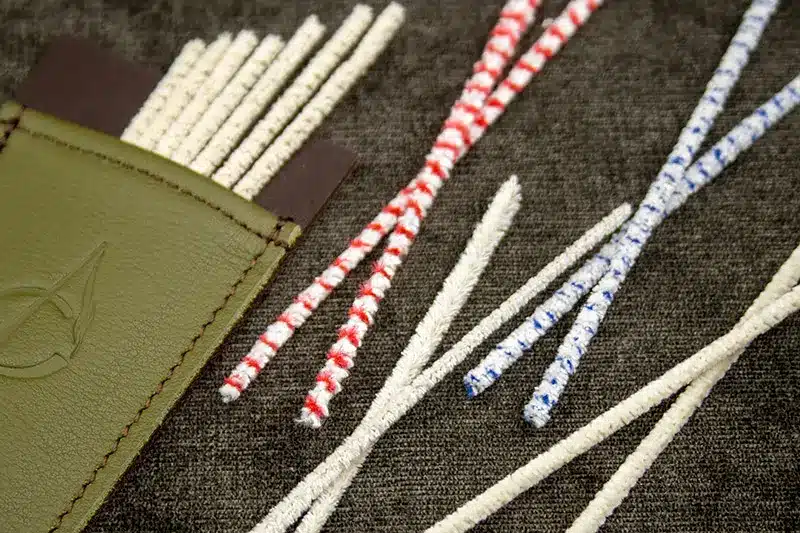
Cotton or viscose is the absorbent material used in typical smoking pipe cleaners.
Bristles made of stiffer material, often monofilament nylon or polypropylene, are sometimes used to scrape the surface better. Pipe cleaners are best for use only after one or two cleaning sessions.
On the other hand, craft pipe cleaners from polyester or nylon piles, are frequently longer and thicker than “cleaning” types, and come in various colors.
Because polyester does not absorb liquids, craft pipe cleaners are not particularly good for cleaning.
How About Drain Pipe Cleaners?
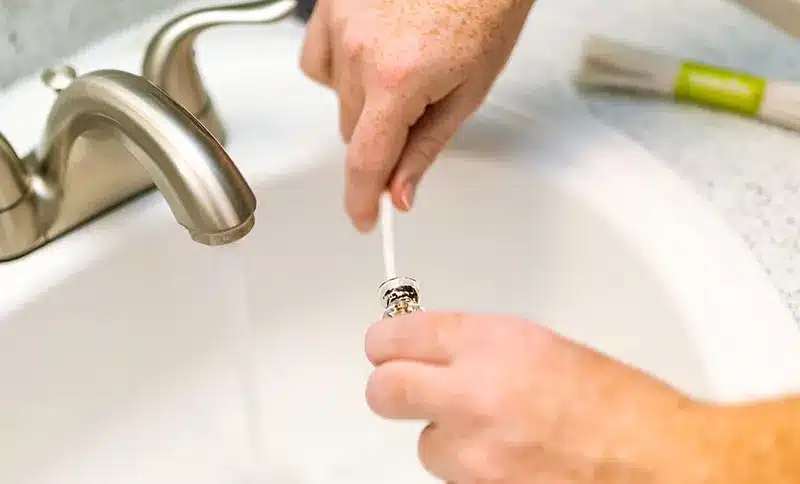
A drain cleaner is a chemical substance that aids in clearing clogs from the kitchen, bathroom, and other plumbing fixtures, as well as sewage and wastewater drains.
Over time, organic debris like grease, hair, and food remnants assemble in these plumbing fittings.
These organic materials may block water flow when they collect in one area, leading to poor water drainage and other plumbing issues.
Since it will be too challenging to determine which section of the pipe is blocked, a chemical drain cleaner is helpful.
Hardware shops have chemical drain cleaners, which may be either solid or liquid. But only certified plumbers may purchase the more acidic ones.
The bad news is that if you are not cautious, you can damage your pipes because drain pipe cleaners utilize very potent, harsh, caustic acids with corrosive qualities.
And although organic obstructions like hair disintegrate fast when exposed, this acid may also damage your pipes.
Drain pipe cleaners can also degrade and dissolve older metal pipes composed of, for instance, cast iron.
Chemical processes may degrade and deform newer plastic pipes, leading to their breakage and leakage. One must store drain pipe cleaners cautiously and sparingly.
Safety Issues Associated with Pipe Cleaners
Here are a few possible safety issues connected to utilizing pipe cleaners at home:
Eye injuries: When using pipe cleaners to clean small places, there is a chance that the wire’s sharp ends may inadvertently poke someone in the eye.
It is best to use safety eyewear when cleaning with pipe cleaners.
Skin irritation: The pipe cleaner’s wire may irritate the skin, resulting in itching, redness, or a rash.
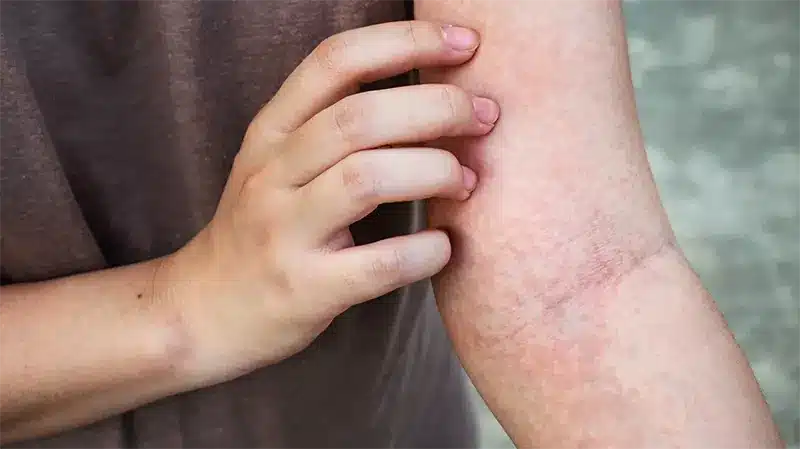
Wearing gloves or taking other preventative precautions is advisable when handling pipe cleaners for a lengthy period.
Inhalation: Using pipe cleaners presents the chance of breathing in any dust or debris that becomes loose.
For those with allergies or asthma, this might lead to respiratory issues. Using a mask or other respiratory protection is advised when using pipe cleaners for cleaning.
Entanglement: Long, flexible pipe cleaners stuck around body parts, especially fingers, and hair, which may be uncomfortable and challenging.
Chemical exposure: Using pipe cleaners with cleaning agents or solvents increases the chance of exposure to hazardous vapors or substances that may irritate the skin or create respiratory issues.
Are Pipe Cleaners Safe for Children?
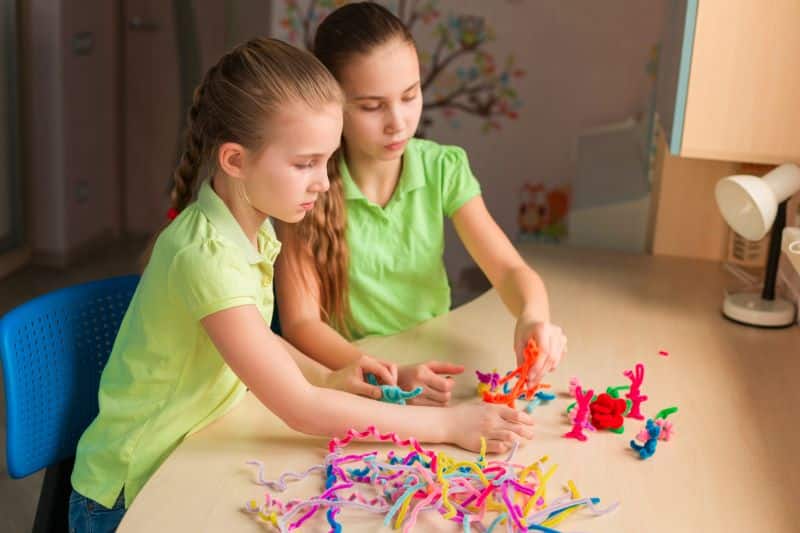
As mentioned above, outside of their originally intended function, pipe cleaners are often common in crafts as toys, twist ties, for bundling objects together, for color-coding, and as improvised brushes for applying paints and other similar substances.
Pipe cleaners are famous for various crafts, including crafting a toy, flowers, shapes, plants, and animals.
Most craft shops provide pre-packaged pipe cleaner assortments or let customers choose specific sticks from bins for their children.
Craft pipe cleaners are typically composed of non-toxic materials. Although cutting sticks to size requires using sharp instruments like scissors or shears, their ends may still be painfully sharp.
Pipe cleaners provide a choking hazard due to their tiny size and ease of ingestion, especially for children under three.
If mishandling occurs upon using a pipe cleaner, the wire’s pointed ends can cut or pierce flesh.
Parents should always supervise pipe cleaner usage, and small children should never have access to them.
To prevent dangerous occurrences to people or animals, used pipe cleaners must be disposed of properly.
Are Pipe Cleaners Safe for Pipes?
Pipe cleaners are generally safe for use in pipes, depending on the type of pipe and the intended use of the cleaner.
However, it is important to use ones that are specifically designed for the type of pipe being cleaned and to follow proper safety guidelines to avoid any damage to the pipe or potential hazards.
In general, it is best to consult with a professional plumber or pipe cleaner manufacturer to determine the safest and most effective way to clean a pipe.
Tips For Using Pipe Cleaners Safely
Here are some helpful tips for safely cleaning using pipe cleaners:
- Wear gloves to protect your hands from potentially sharp edges on the pipe cleaners.
- Avoid applying too much effort while cleaning since doing so might shatter the pipe cleaner, which could be harmful.
- Keep pipe cleaners away from kids. They should be kept out of the reach of kids since they provide a choking risk.
- Use appropriate disposal for old pipe cleaners. Dispose of discarded pipe cleaners properly in a trash can or recycling container.
- Never use pipe cleaners for electrical wiring. Pipe cleaners may carry electricity and result in electrical shock.
- Avoid utilizing sharp edges. If misused, pipe cleaners with sharp edges, such as those used to clean pipes, may result in harm.
- Keep pipe cleaners away from heat sources. Pipe cleaners may cause fires if they are near heat sources.
For Drain Pipe Cleaners
Here are specific safety tips for using drain pipe cleaners:
- Be sure to read and adhere to the instructions before using these cleaners.
- On their labels, there will be caution stating what else you shouldn’t use with these cleansers. Consider the warnings carefully.
- While using the cleaners, shield your hands by using rubber gloves.
- Make sure the space is well-ventilated before using the cleaner there, and keep kids and dogs out of the area while you work.
- Before flushing it down with hot water, some drain cleaners may instruct you to wait at least 15 minutes after pouring the substance.
- Avoid combining several drain cleaners.
What is the Safest Way to Clean a Pipe?
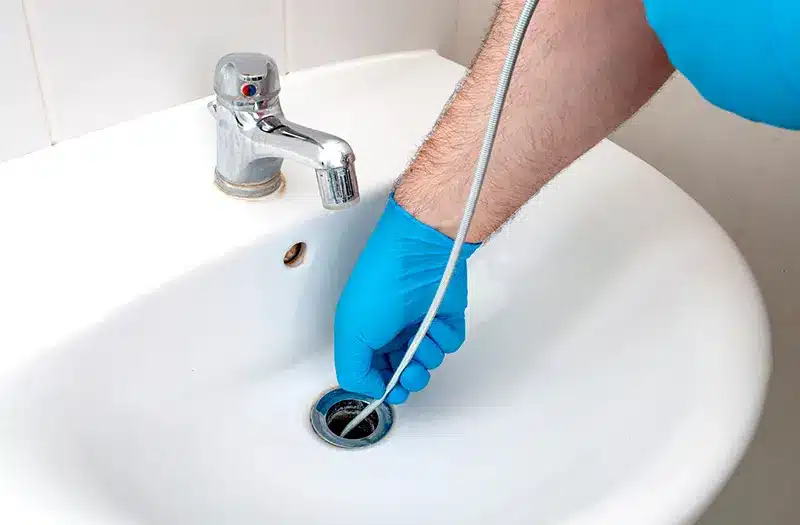
There are some safe ways to clean pipes at home. Switch off the water supply to prevent unintentional flooding before cleaning.
Wear safety equipment like gloves and goggles to prevent injuries while cleaning pipes. Avoid using harsh chemicals because they may be corrosive and harm your pipes.
You can also use a plumbing snake to clear blockages or other obstructions from the pipe. A long, flexible wire, it’s placed into the pipe to clear any obstructions.
Most importantly, call a professional plumber. It is always advisable to call a professional plumber for complex plumbing problems.
They have the knowledge and specific equipment to safely and correctly clean and repair pipelines.
Conclusion
While pipe cleaners may be an effective cleaning tool for many homeowners, one must use them appropriately and carefully.
You can ensure you use pipe cleaners safely and effectively according to the advice we shared in this article.
Remember, it is always advisable to seek an expert’s advice if you need a guarantee on how to clean a specific item.
Pipe cleaners may assist you in maintaining a clean and sanitary home environment with the proper usage and supervision.

